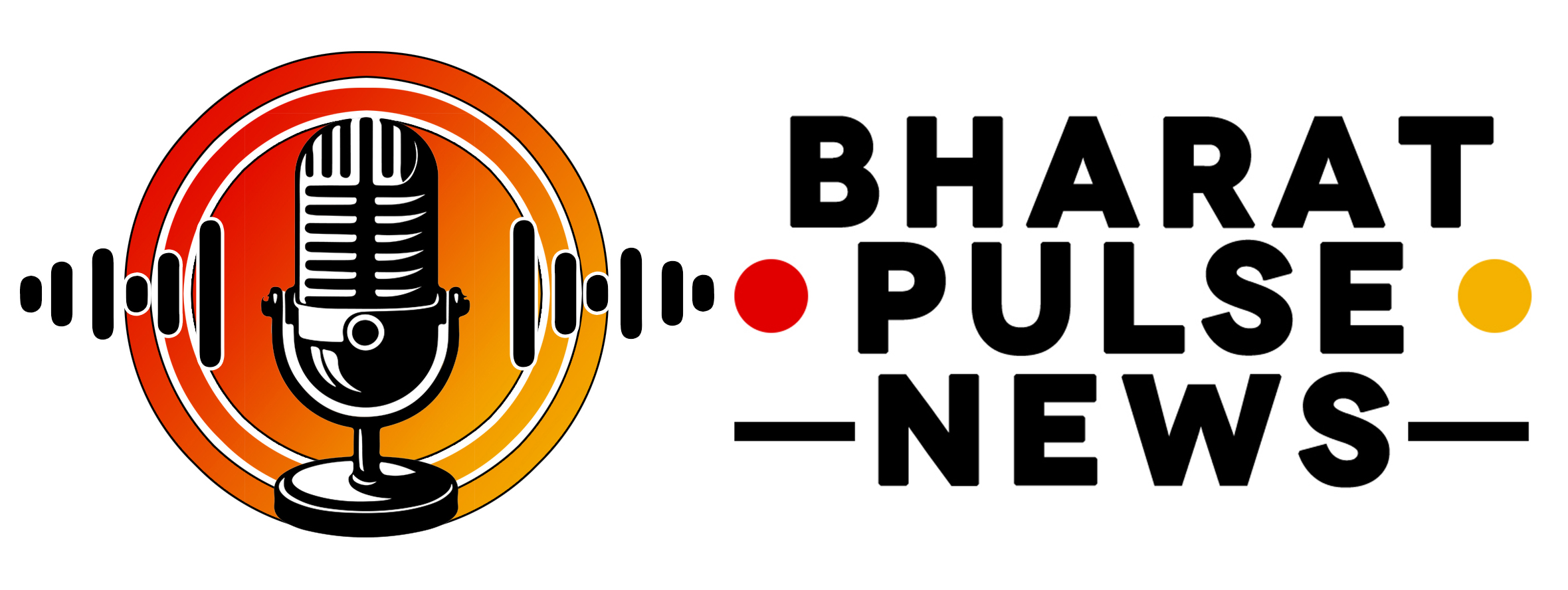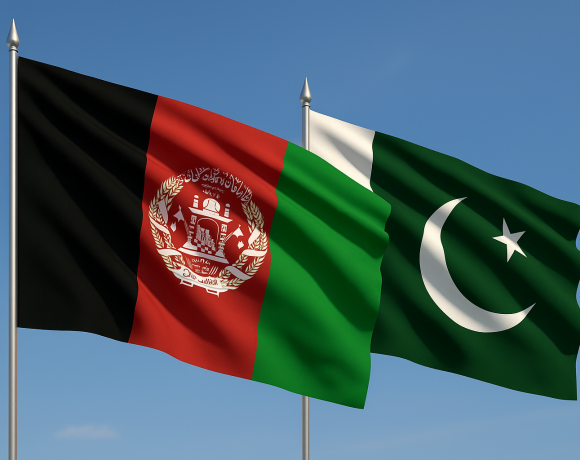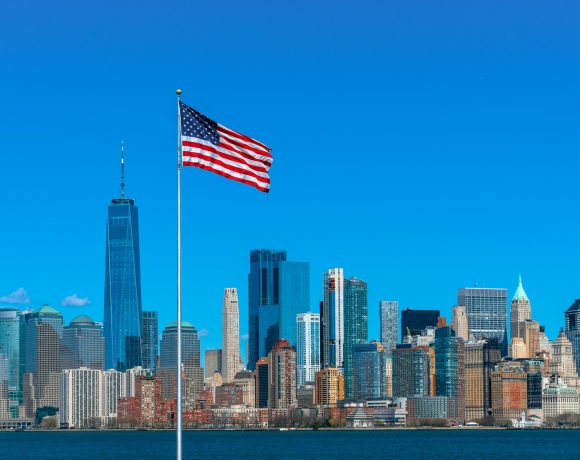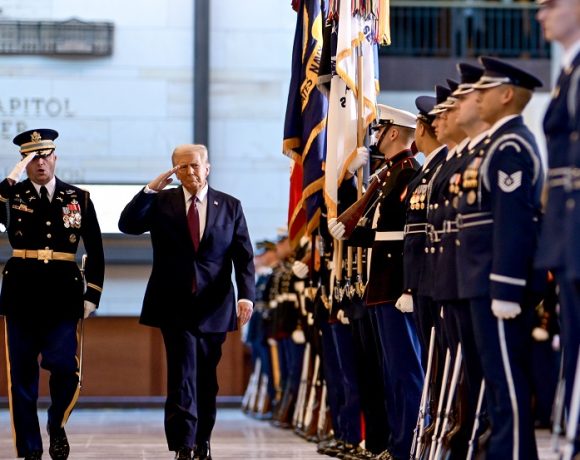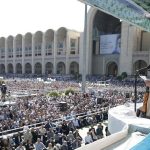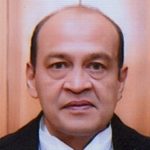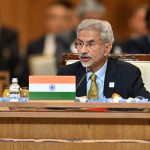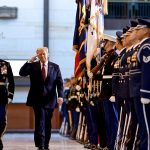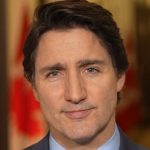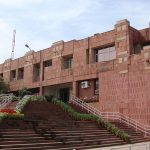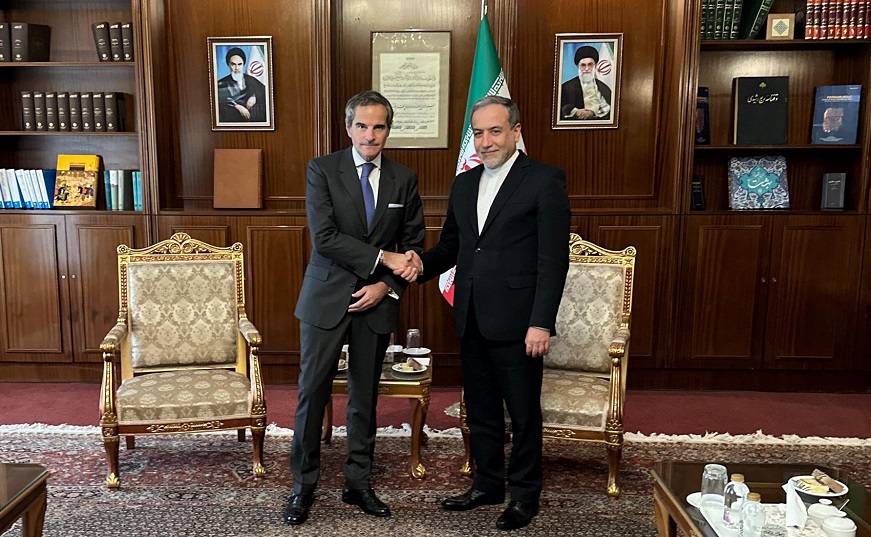
IAEA Chief Visits Iran for Critical Nuclear Talks Amid Rising Israel Tensions
The International Atomic Energy Agency (IAEA) chief, Rafael Grossi, is set to arrive in Tehran on Wednesday for high-stakes discussions on Iran’s nuclear program, underscoring that options for diplomatic resolution are narrowing.
Grossi’s visit comes at a tense time, with Israeli Defense Minister recently warning that Iran’s nuclear sites are “more exposed than ever” to potential strikes, raising fears of escalating conflict in the region.
Grossi expressed urgency ahead of his trip, stating that “margins for manoeuvre are beginning to shrink,” and emphasized the need for diplomatic engagement. While the IAEA has inspection access in Iran, Grossi highlighted the need for “more visibility” into Iran’s nuclear activities, particularly as the nation’s enriched uranium stockpiles increase.
Rising Middle East Tensions and Concerns Over Nuclear Weapons
Israel, which has long accused Iran of pursuing nuclear weapons—a claim Tehran denies—has been vocal about its willingness to prevent Iran from advancing its nuclear capabilities. This rhetoric comes amid ongoing conflicts involving Israel’s adversaries, Hamas in Gaza and Hezbollah in Lebanon, both allies of Iran. These tensions have stoked fears of a broader regional conflict, bringing long-standing hostilities to the forefront.
In an interview, Grossi noted that while Iran does not currently possess a nuclear weapon, the country has amassed nuclear materials that could potentially facilitate weaponization, with uranium enrichment levels reportedly reaching 60%, close to weapons-grade enrichment.
Trump’s Return and Its Impact on Iran Policy
Grossi’s visit coincides with the recent election of Donald Trump, who famously withdrew the United States from the 2015 nuclear deal with Iran, leading to the re-imposition of sanctions on Tehran. Although Trump stated last week that he seeks a “successful country” for Iran, he reaffirmed his opposition to Iran acquiring nuclear weapons. The nuclear agreement, signed by major world powers in 2015, had initially allowed Iran to enrich uranium only to 3.65% in exchange for sanctions relief.
Since the U.S. withdrawal from the deal in 2018, Iran has incrementally resumed higher levels of uranium enrichment, reaching levels close to the 90% threshold necessary for nuclear weapons. Grossi’s visit, the first since May, aims to discuss these developments with Iranian officials and negotiate expanded inspection access.
In a statement, the IAEA confirmed it would engage in “high-level meetings” with the Iranian government to address technical and diplomatic concerns surrounding Iran’s nuclear activities.
